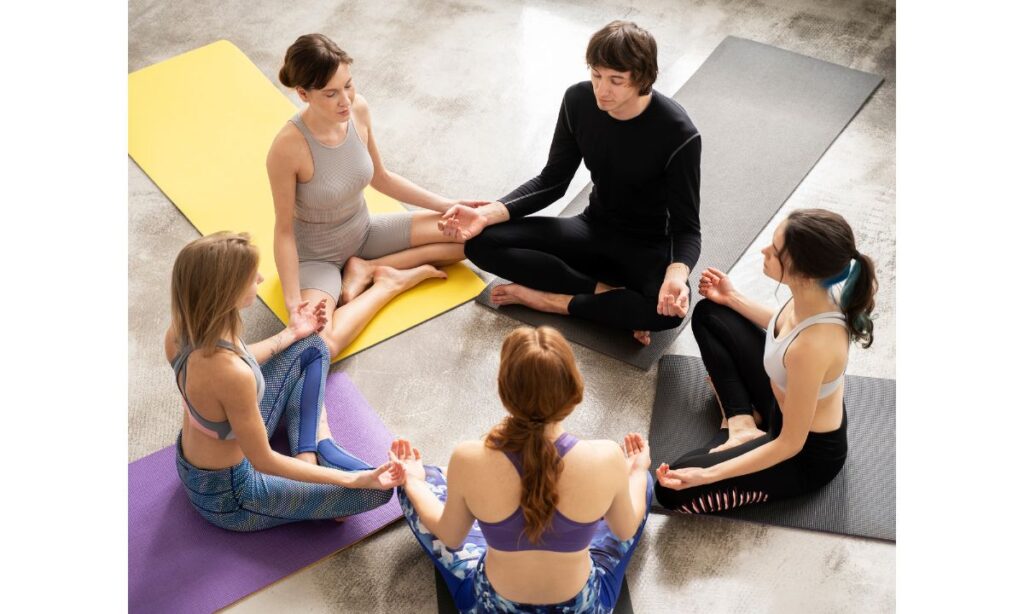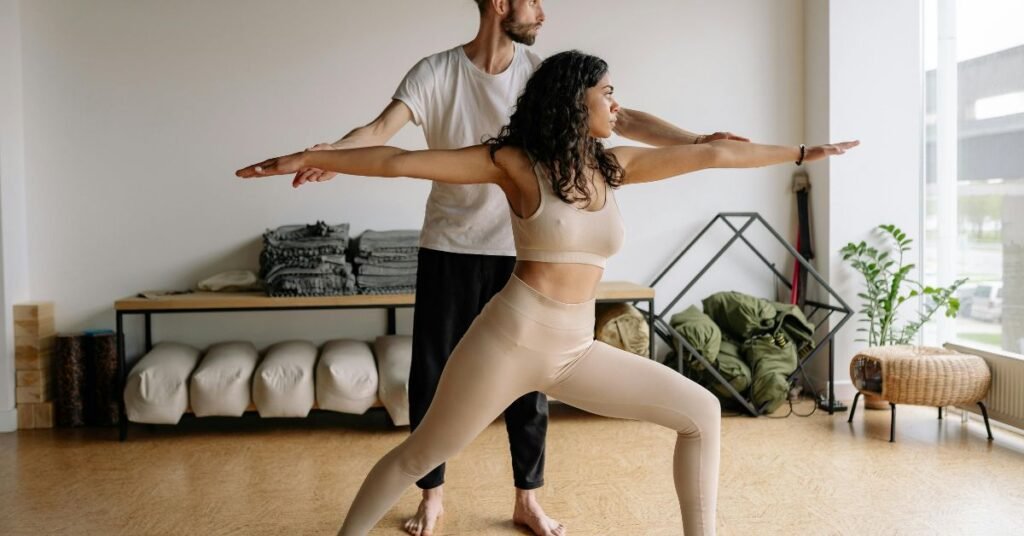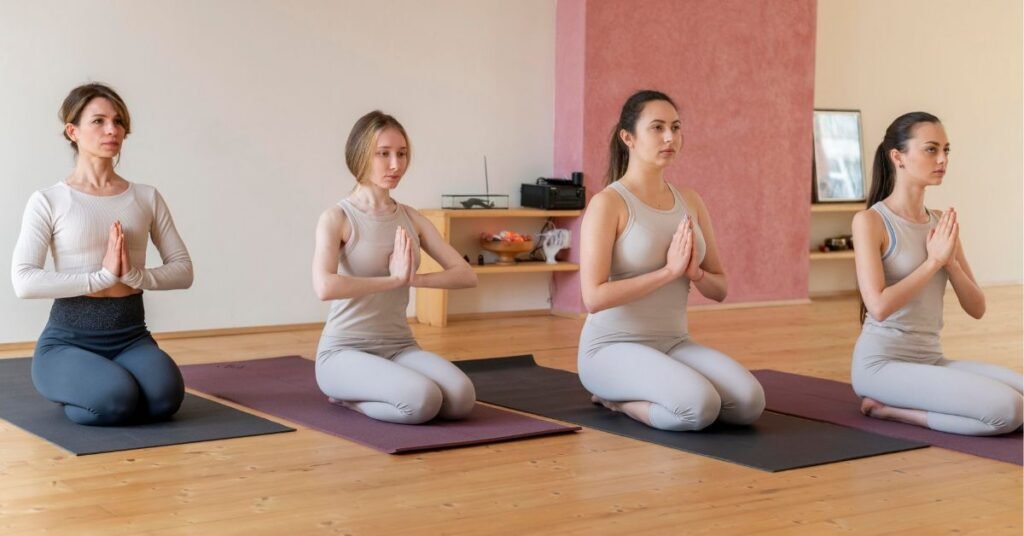Introduction: Why Teachers Need Yoga More Than Ever
Teaching is one of the most rewarding professions, but let’s be real—it’s also one of the most stressful. Between lesson planning, grading, classroom management, and the emotional toll of supporting students, teachers and school staff often put their well-being on the back burner. That’s where yoga comes in.
Yoga isn’t just about stretching or touching your toes. It’s a powerful tool to help teachers and school staff manage stress, improve focus, and boost overall well-being. Whether dealing with classroom chaos, long meetings, or the never-ending stack of papers to grade, yoga can be your secret weapon.
In this post, we’ll explore the benefits of yoga for educators, simple yoga poses you can do even in a classroom, and practical tips to incorporate yoga into your daily routine.
The Benefits of Yoga for Teachers and School Staff
1. Reduces Stress and Prevents Burnout
Teachers experience high levels of stress, which can lead to burnout if not managed properly. Yoga helps lower cortisol levels (the stress hormone), promotes relaxation, and provides a mental break from the daily grind.
How it helps:
- Encourages deep breathing, which calms the nervous system.
- Lowers blood pressure and heart rate, reducing physical symptoms of stress.
- Improves resilience, making it easier to handle tough days in the classroom.
2. Improves Focus and Mental Clarity
With so many distractions, staying focused is a challenge. Yoga enhances concentration and helps clear the mental clutter.
How it helps:
- Meditation and mindfulness improve cognitive function.
- Yoga trains the brain to stay present, reducing anxiety about the past or future.
- A quick yoga break can boost productivity and creativity.
3. Eases Physical Aches and Pains
Long hours of standing, sitting, or bending over desks can take a toll on your body. Yoga helps alleviate back pain, neck tension, and joint stiffness.
How it helps:
- Stretching and strengthening exercises improve posture.
- Increases flexibility and mobility, reducing discomfort.
- Prevents repetitive strain injuries from daily classroom activities.
4. Enhances Emotional Well-Being
Dealing with students, parents, and administrators can be emotionally exhausting. Yoga promotes a sense of calm and emotional balance.
How it helps:
- Encourages self-awareness and emotional regulation.
- Reduces symptoms of anxiety and depression.
- Increases feelings of happiness and gratitude.
5. Boosts Energy Levels
Fatigue is a common problem for teachers. Instead of reaching for another cup of coffee, yoga can give you a natural energy boost.
How it helps:
- Increases circulation, bringing oxygen to the brain.
- Certain poses stimulate the nervous system and fight fatigue.
- Improves sleep quality, leaving you more refreshed.
Readmore: Family Yoga: Fun and Easy Poses
Readmore: Yoga for Healthcare Workers
Simple Yoga Poses for Teachers and School Staff
1. Mountain Pose (Tadasana) – Perfect for finding balance and improving posture.
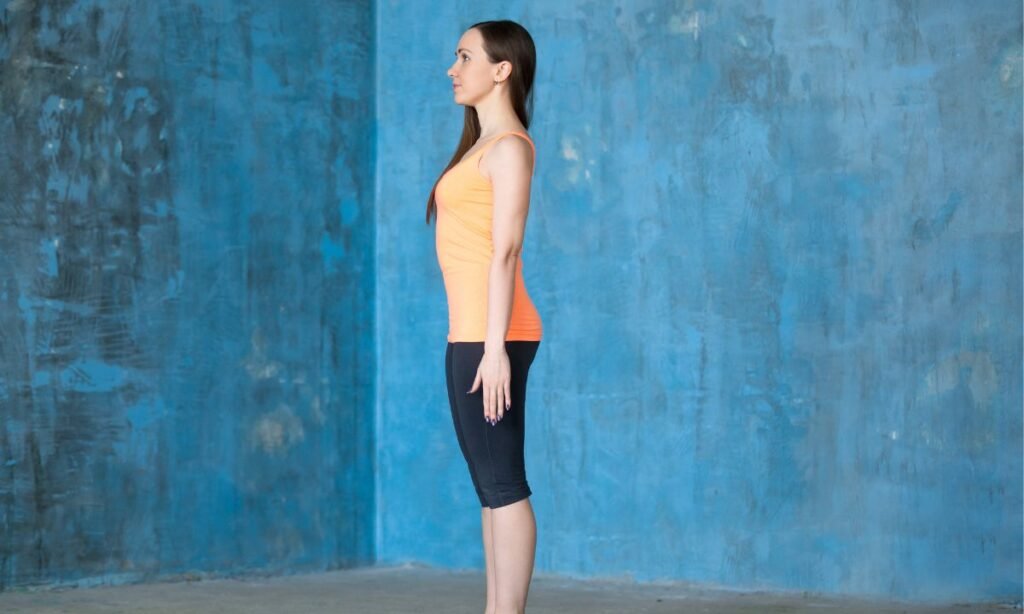
- Stand tall with feet hip-width apart.
- Roll your shoulders back and take deep breaths.
2. Seated Forward Bend (Paschimottanasana) – Great for relieving tension in the back and hamstrings.
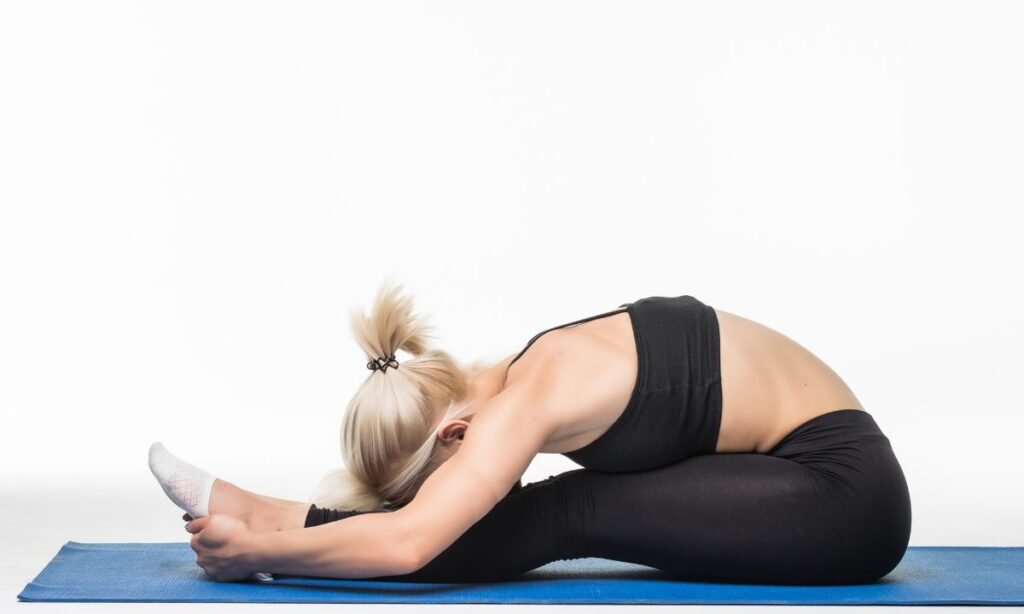
- Sit on the floor with your legs extended.
- Reach for your toes and breathe deeply.
3. Cat-Cow Stretch (Marjaryasana-Bitilasana) – Helps with spine mobility and stress relief.

- Get on all fours and alternate between arching your back and rounding it.
4. Child’s Pose (Balasana) – A simple way to relax and reset.
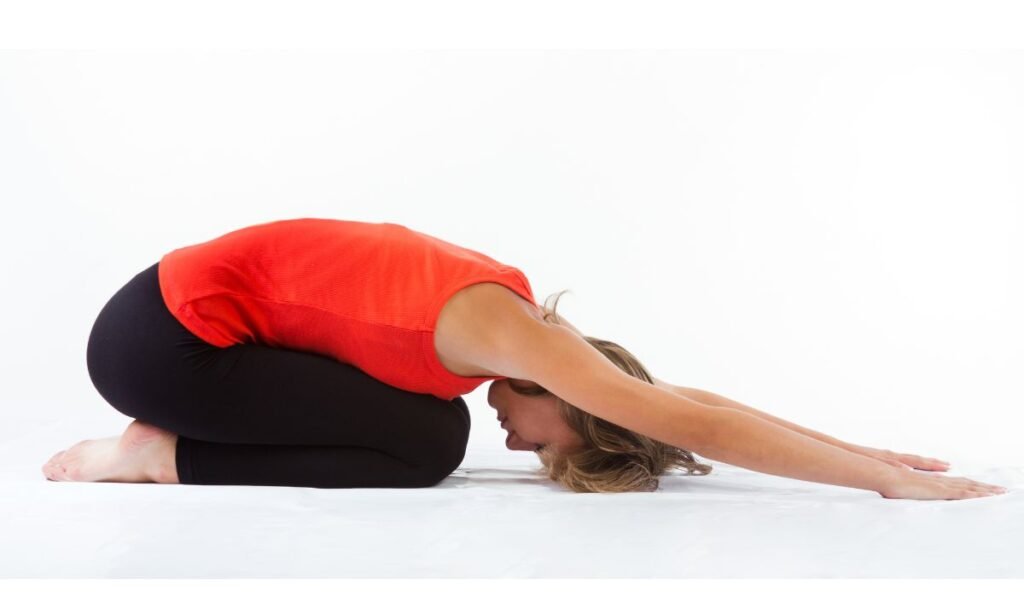
- Kneel on the floor, stretch your arms forward, and rest your forehead down.
5. Legs Up the Wall (Viparita Karani) – Ideal for reducing fatigue and improving circulation.
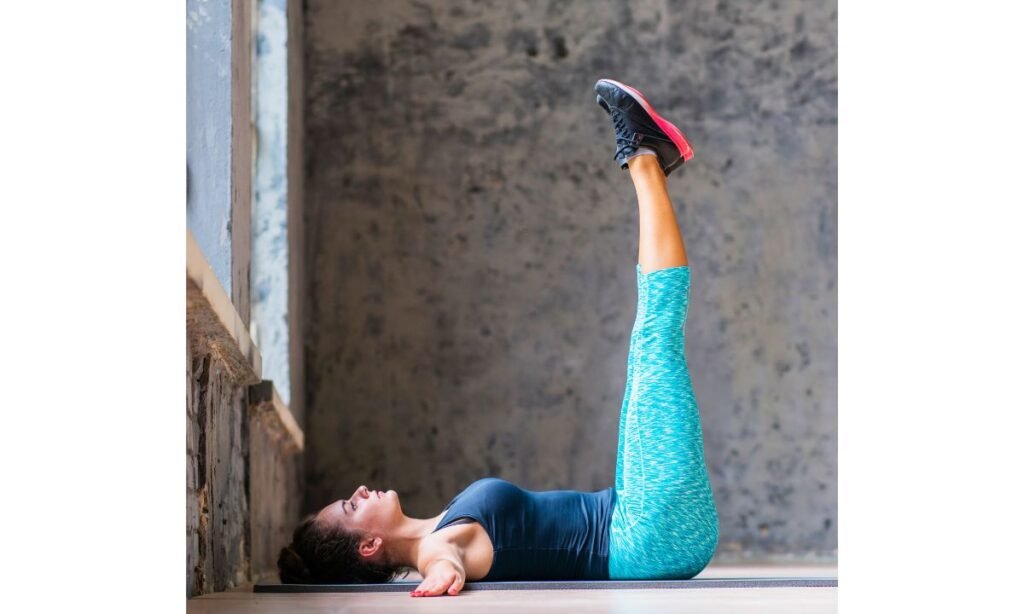
- Lie on your back and place your legs up against a wall.
Readmore: Tips for Building a Supportive Yoga Community
Readmore: 5 Yoga Poses to Counteract Sitting at a Desk All Day
How to Incorporate Yoga into Your School Routine
1. Start Your Day with Yoga
Take five minutes in the morning for deep breathing and stretching. It sets a positive tone for the day.
2. Use Yoga Breaks in the Classroom
Introduce short mindfulness or stretching exercises for students. It benefits both you and them!
3. Try Chair Yoga During Planning Time
Simple seated stretches can relieve tension while you’re grading papers or prepping lessons.
4. Join or Create a Staff Yoga Group
Encourage colleagues to join in. A weekly yoga session after school can be a great way to unwind.
5. End Your Day with Relaxation Poses
Wind down with deep breathing or gentle stretching before bed for better sleep.
Conclusion: Take Care of Yourself, So You Can Take Care of Others
Teaching is a demanding job, but self-care isn’t selfish—it’s necessary. By incorporating yoga into your routine, you can manage stress, stay energized, and continue making a difference in your students’ lives.
So, roll out that yoga mat (or just take a deep breath at your desk) and give yourself the care you deserve. Your mind, body, and students will thank you!
Readmore: Yoga Accessories for Beginners
Readmore: Yoga for IT Professionals

Sonu is a passionate yoga teacher with over 6+ years of experience helping individuals find balance, strength, and inner peace through the transformative power of yoga. As the creator of Pure Yoga Vibes, Sonu shares expert insights, inspiring practices, and a wealth of knowledge to support your wellness journey. Dedicated to creating a space for growth and mindfulness, Sonu’s mission is to make yoga accessible and enjoyable for everyone. For inquiries or collaborations, feel free to reach out at contact@pureyogavibes.com.
